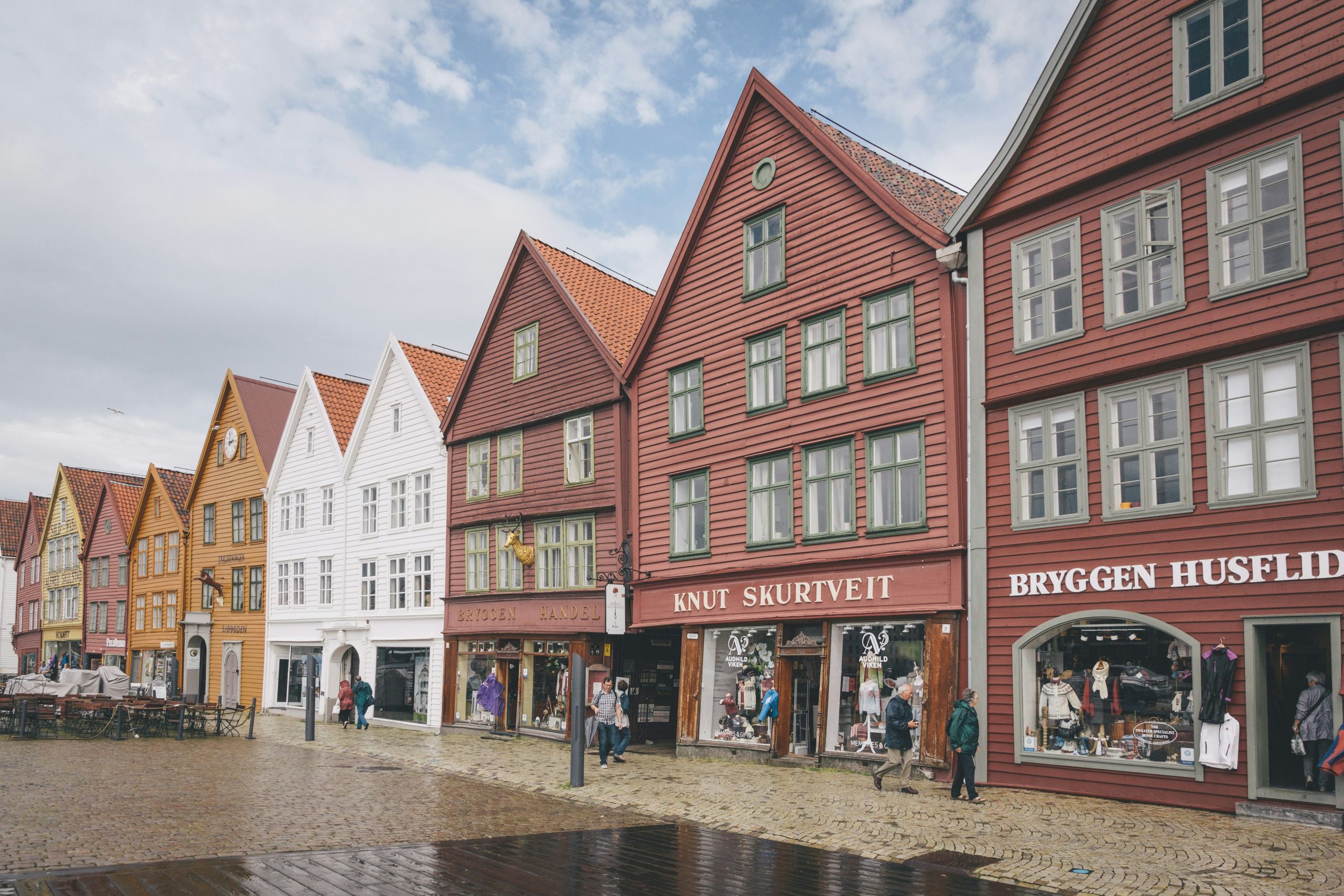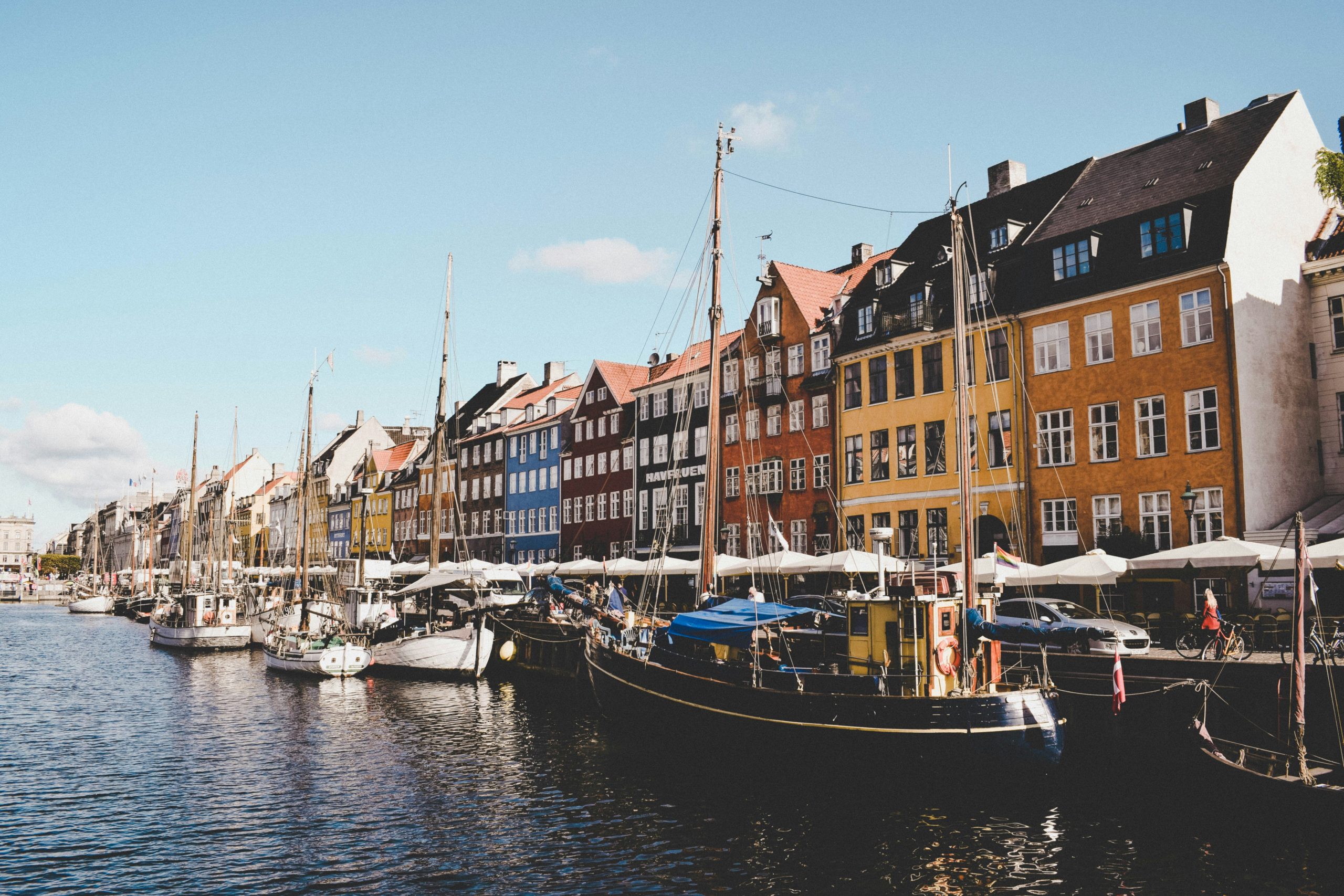Denmark Investment Guide: Complete Strategic Analysis for International Investors
Back in 2019, when I first started seriously considering Nordic investments, Denmark wasn’t even on my radar. I’ll be completely honest—I was fixated on Sweden’s tech scene and Norway’s oil wealth. But after three years of actually diving deep into Scandinavian markets, I’ve come to realize that Denmark might just be the most underrated investment destination in Europe. And trust me, that’s saying something.
What really struck me during my research phase was how Danish investment culture differs fundamentally from what we’re used to in other markets. There’s this fascinating blend of social responsibility and aggressive innovation that creates unique opportunities. Actually, let me step back for a moment—if you’re looking for get-rich-quick schemes or high-risk, high-reward plays, Denmark probably isn’t your cup of tea. But if you want stable, long-term growth with surprisingly solid returns? Now we’re talking.
Denmark Investment Climate Snapshot
GDP per capita: $68,037 (2023)
Ease of Doing Business Rank: 4th globally
Corporate Tax Rate: 22%
Investment Grade Rating: AAA (Moody’s, S&P)
Currency: Danish Krone (DKK), pegged to EUR
Here’s what gets me excited about Denmark as an investment destination: it’s incredibly stable, yet surprisingly innovative. The Danish economy has this unique characteristic where traditional industries like agriculture and manufacturing coexist beautifully with cutting-edge sectors like renewable energy and fintech. I’ve never seen anything quite like it elsewhere in Europe.
The more I dig into Danish investment opportunities, the more I appreciate their approach to business. There’s this concept called “hygge” that everyone talks about—but what most people don’t realize is how this philosophy actually influences business practices and, consequently, investment returns. Danish companies tend to focus on long-term sustainability rather than quarterly earnings pressure. Which, frankly, can be both a blessing and a curse depending on your investment timeline.
From a regulatory standpoint, Denmark offers something pretty rare in today’s global market: transparency without bureaucratic nightmares. The Danish Financial Supervisory Authority (FSA) maintains strict oversight, but they’re remarkably efficient. Having dealt with investment regulations across multiple European countries, I can tell you that Denmark’s approach strikes an almost perfect balance between investor protection and market accessibility.
Danish Investment Sectors: Where the Real Opportunities Hide
Alright, let’s dive into the meat of this—where should you actually put your money in Denmark? After analyzing Danish markets for the past few years, I’ve identified four sectors that consistently outperform expectations. But here’s the thing: not all of them are obvious choices.
Critical Investment Disclaimer
Risk Warning: All investments carry inherent risks, including potential loss of principal. Danish investments are subject to currency fluctuations, regulatory changes, and market volatility. This analysis represents personal research and opinion, not professional financial advice. Always consult qualified financial advisors before making investment decisions.
Renewable Energy: Denmark’s Crown Jewel
Honestly, I used to think renewable energy was just a trendy investment theme. Then I spent time researching Danish wind energy companies, and my perspective completely shifted. Denmark generates roughly 140% of its electricity needs from wind power1. They’re not just talking about green energy—they’re exporting it.
Companies like Ørsted and Vestas have become absolute powerhouses in the global renewable space. What’s fascinating is how these companies evolved from traditional energy providers into innovation leaders. I remember when Ørsted was still called Danish Oil and Natural Gas Company (DONG Energy)—their transformation has been nothing short of remarkable.
| Company | Sector | Market Cap (DKK) | 5-Year Performance |
|---|---|---|---|
| Ørsted | Offshore Wind | 245B | +127% |
| Vestas | Wind Turbines | 189B | +89% |
| Novozymes | Enzymes/Biotech | 167B | +156% |
Tax Implications: The Good, Bad, and Surprisingly Complex
Let me be brutally honest about Danish investment taxation—it’s not simple. But it’s also not as scary as some people make it sound. The key is understanding which investment vehicles work best for your specific situation.
For foreign investors, Denmark offers several pathways, each with different tax implications. The withholding tax situation has improved significantly since the 2018 reforms2, but you still need to navigate carefully. Here’s what I’ve learned through actual experience:
- Direct equity investments: 15% withholding tax on dividends (can be reduced via tax treaties)
- Bond investments: Generally tax-free for non-residents
- Real estate: 15% capital gains tax, but depreciation benefits can offset this
- Pension investments: Extremely favorable treatment if you qualify
- Business investments: Corporate tax rate of 22% is quite competitive
The real game-changer, though, is Denmark’s double taxation agreements. They’ve got treaties with over 70 countries3, which can dramatically reduce your tax burden if you structure things properly. I spent weeks figuring this out for my own investments, and honestly, it’s worth getting professional help rather than trying to navigate this alone.
One thing that really surprised me about Danish investment culture is how transparent everything is. The tax authorities publish detailed guidance in English, and most investment platforms provide clear breakdowns of tax implications. It’s refreshing compared to some other European markets where you feel like you’re operating in a black box.

Practical Investment Strategies: What Actually Works in Denmark
Okay, here’s where I get really passionate about Danish investments. After three years of trial and error—and yes, I’ve made my share of mistakes—I’ve developed some strategies that consistently work well in the Danish market. But first, let me share what doesn’t work.
The biggest mistake I made early on was applying American-style momentum trading to Danish stocks. It was a disaster. Danish markets move at their own pace, and trying to force rapid gains will leave you frustrated and probably poorer. The successful approach I’ve developed focuses on three core principles:
- Sector clustering: Don’t just buy random Danish companies—focus on Denmark’s competitive advantages
- Currency hedging: The DKK-EUR peg is stable, but you still need to consider currency exposure
- Seasonal timing: Danish markets have predictable seasonal patterns, especially in renewable energy
Nordic Diversification: Why Denmark Fits Perfectly
Here’s something most investment guides won’t tell you: Denmark works brilliantly as part of a broader Nordic strategy, but it’s also strong enough to stand alone. The key is understanding how Danish investments complement Swedish tech, Norwegian resources, and Finnish innovation.
I’ve been building what I call a “Nordic Core” portfolio for the past two years, and Denmark consistently provides the stability that allows me to take more risks elsewhere. It’s like having a reliable anchor point that lets you weather volatility in other markets.
My Personal Nordic Allocation Strategy
- Denmark (40%): Renewable energy, pharmaceuticals, stable dividend stocks
- Sweden (30%): Tech companies, industrial stocks, growth opportunities
- Norway (20%): Energy sector, sovereign wealth fund exposure
- Finland (10%): Nokia, gaming sector, forest industry
The beauty of this approach is that Danish investments provide consistent cash flow through dividends while Swedish and Norwegian positions offer growth potential. It’s taken me years to find this balance, but the results speak for themselves.
Market Timing: When to Enter Danish Markets
I’m generally skeptical of market timing, but Denmark has some genuinely predictable patterns that are worth understanding. The most obvious is the renewable energy seasonal cycle—wind power production peaks during winter months, which typically translates to stronger Q4 and Q1 earnings for companies like Ørsted4.
But here’s what really gets interesting: Danish markets often lag broader European trends by 2-3 months. This isn’t because Danish companies are slow to react—it’s because Danish institutional investors tend to be more cautious and methodical in their approach. Once you understand this pattern, you can position yourself ahead of major moves.
I’ve also noticed that Danish pharmaceutical companies like Novo Nordisk and Lundbeck tend to perform differently than their international peers. They’re less affected by FDA drama and more influenced by European regulatory changes. It’s a subtle distinction, but it matters for timing.
The other timing factor worth mentioning is currency dynamics. The DKK-EUR peg means Danish investments are essentially EUR-denominated, but with less volatility than direct EUR exposure. For USD-based investors, this creates interesting hedging opportunities, especially during periods of USD strength.
Future Outlook: What’s Next for Danish Investments
Looking ahead, I’m genuinely excited about Denmark’s investment prospects, but I’d be lying if I said I wasn’t concerned about certain risks. The global shift toward renewable energy obviously benefits Danish companies, but increased competition from Chinese manufacturers is creating pricing pressure that wasn’t there five years ago.
What really fascinates me about Denmark’s future is their approach to green hydrogen. They’re positioning themselves as a major exporter to Germany and other European markets5. This could be absolutely massive for companies like Ørsted and AP Moller-Maersk, but it’s still early days. The technology is proven, but the economics aren’t quite there yet.
Emerging Investment Themes in Denmark
- Green hydrogen production: Massive potential, but 5-10 year timeline
- Digitalization of healthcare: Denmark’s universal healthcare system creates unique opportunities
- Sustainable agriculture: Precision farming and reduced pesticide use
- Fintech innovation: Mobile payments and digital banking solutions
Actionable Investment Recommendations
Based on my research and actual investment experience, here are my specific recommendations for different investor profiles:
Conservative Investors: Focus on Danish dividend aristocrats like Novo Nordisk and Carlsberg. These companies have decades of consistent dividend growth and operate in defensive sectors. Start with 5-10% of your portfolio and gradually increase as you become more comfortable with the market.
Growth Investors: Consider Danish tech companies like SimCorp and Netcompany, plus renewable energy leaders. These sectors offer genuine growth potential, but expect more volatility. I’d suggest limiting exposure to 15-20% of your portfolio initially.
Income Investors: Danish REITs and utility companies offer attractive yields, typically 4-6% annually. The key is understanding that Danish REITs are structured differently from US REITs, so do your homework on the tax implications.
Final Risk Disclosure
Important: This analysis represents personal research and opinion based on publicly available information. All investments carry risk of loss. Danish investments are subject to currency fluctuations, regulatory changes, and market volatility. Past performance does not guarantee future results. Always consult qualified financial advisors and conduct your own due diligence before making investment decisions. Consider your risk tolerance, investment timeline, and financial situation carefully.
The bottom line? Denmark offers a unique combination of stability and innovation that’s hard to find elsewhere. It’s not going to make you rich overnight, but it can provide steady, sustainable returns as part of a diversified portfolio. After three years of investing in Danish markets, I can honestly say it’s been one of my better strategic decisions.
Just remember—invest only what you can afford to lose, diversify appropriately, and always, always do your own research. The Danish investment landscape is fascinating, but it’s still investing, with all the risks that entails.
References and Sources



